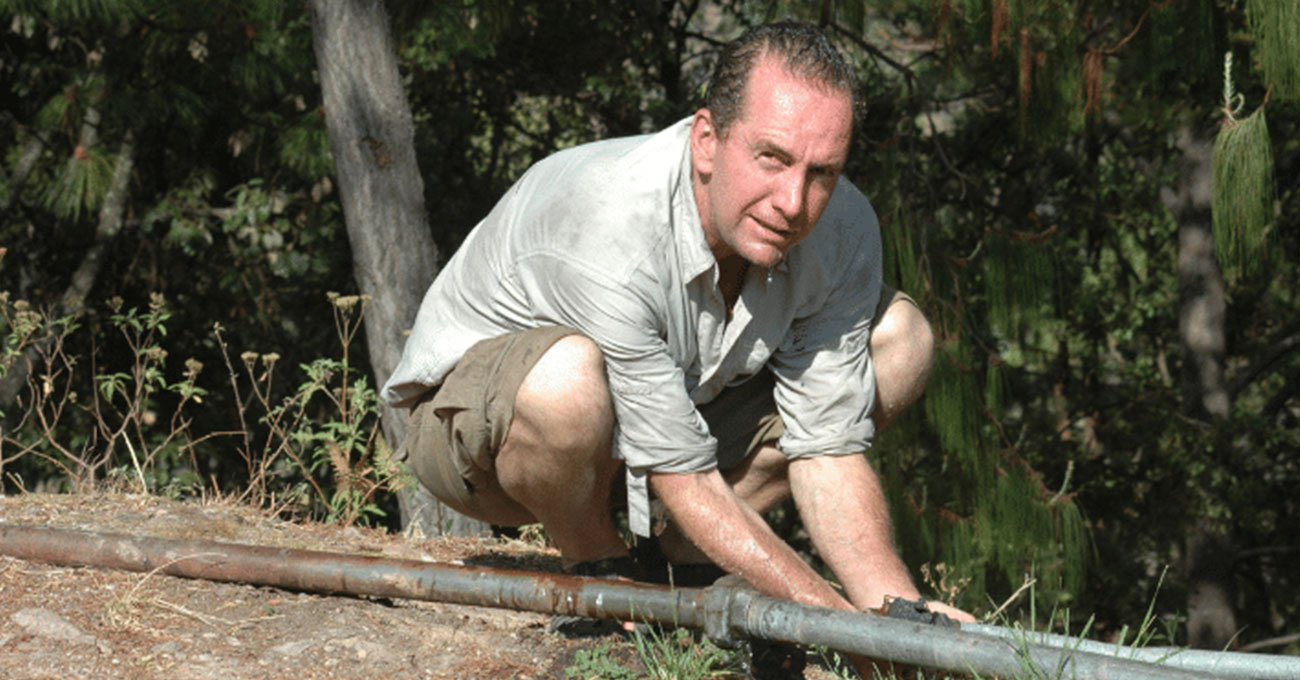OVERLAND RAW REAL AND REMOTE PLACES: INTERVIEW WITH PAUL MARSH PART 2
Want to know what overland travel really looks like? A self-drive safari or overland adventure travel is for anyone who has exploration and adventure in their heart, or who needs to be reinvigorated by disconnecting with the ordinary and connecting with nature.
We get a lot of questions about overland travel, which is understandable—it’s a big commitment. In light of these questions and to help you get an idea of what overland travel is really about, we sat down with seasoned overlander and 4×4 expedition consultant Paul Marsh.
In a series of questions, Paul Marsh shares with us some of his most action-packed adventure stories along with some valuable overland travel tips, guidance and advice.
You’ve been on many expeditions around the world. What was your most thrilling expedition?
“I’ve been fortunate enough to go out on some extraordinary expeditions around the world. I’ve driven from London to Sydney, Panama to Alaska, Ireland to Russia, I’ve driven around the Mediterranean and been up and down Africa three times. It’s incredible the number of miles you can drive, the people you meet along the way, and the experiences you encounter—both good and bad. I’ve had my fair share of challenges and problems along the way, and it’s been exciting!”
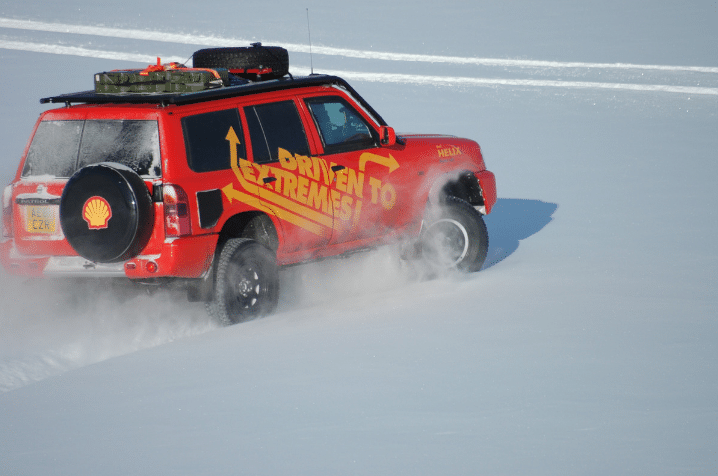
“One of my most thrilling expeditions was the “Driven to Extremes” three-part TV series which was designed to showcase the toughest driving challenges. This was a global marketing campaign done by Shell to promote its range of Helix Ultra engine oils. I built the two vehicles for Shell, and together with a few Hollywood celebrities, we started our overland expedition. We drove through Siberia in minus 60-degree conditions into the Taklamakan Desert in China to plus 60 degrees across China into the Malaysian jungle, one of the oldest jungles in the world. The series went viral on the Discovery Channel and around the world.”
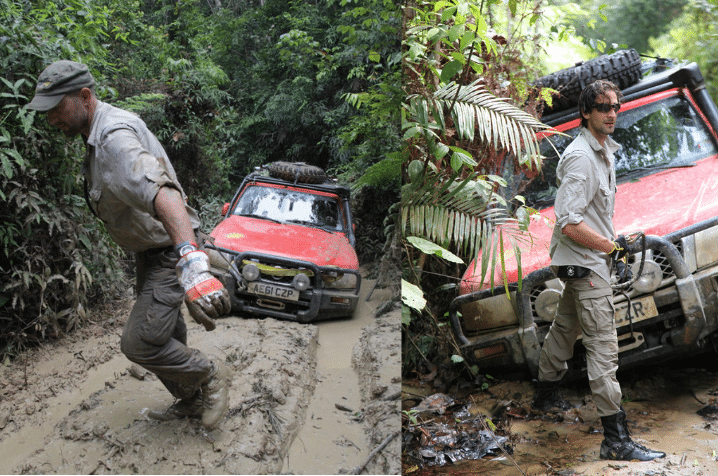
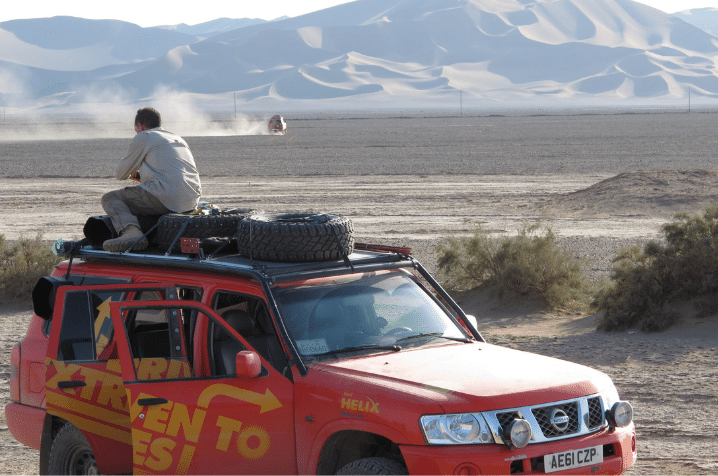
“So not only do I build overlanding vehicles, I’ve travelled on these trips and expeditions to ensure that what we’ve built works. And through my own trips and experience, I’ve gained the knowledge and understanding of what works and what doesn’t work, and my clients have taught me what works and doesn’t work for them.”
What would you say to travellers wanting to explore Africa?
“If you’ve never been to Africa, and for most people coming from Europe and other countries around the world, Africa is thought of as this dangerous place. South Africa, in particular, is an African country that most foreigners know little about, because it’s not a first world country, it’s not a third world country, it’s very much in between, and comes with a lot of mixed press.”
“Most people who’ve had fears of coming out to Africa end up coming out to South Africa and absolutely loving it. It’s important to understand that in any country you go to there are risks when it comes to travel, you need to understand those risks and be responsible for your well-being.”
“What I’ve found about travelling and exploring Africa is that the further north into Africa you go the safer you feel. People are a lot more friendly; they have more time on their hands because things happen at a slow pace. They live simpler lives, and I aspire to that simplicity.”
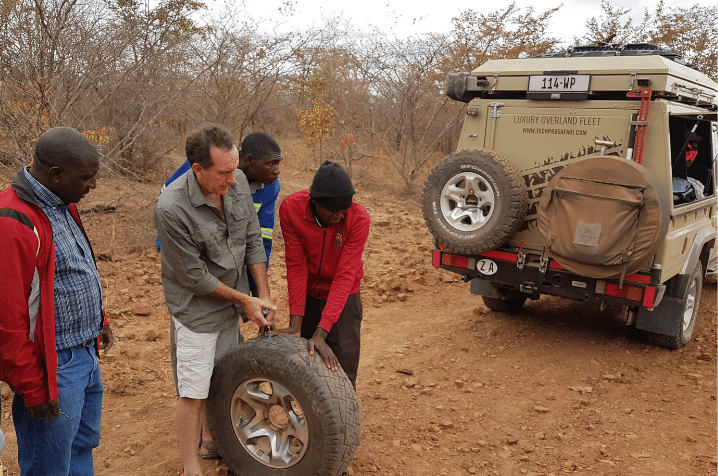
“Africa is like a world of its own, taking you outside of your bubble and outside of the rat race of life. It’s a place where you can go back to simplicity, take in nature, which is there to experience, teach us, enhance us, give us so much joy which we often take for granted because we lead such busy lives.”
Would you say overlanding is the best way to see and explore Africa?
“It depends on what you want out of your trip. If you rode a bike, you would get an entirely different experience than if you were to ride a motorbike or an overland vehicle. So, when you’re looking at what is the best way to experience Africa, you need to ask yourself what you want out of your trip. Most people have a specific place they want to visit in Africa, Etosha is a perfect example; this experience is great for shorter trips when you don’t have as much time on your hands. When you have more time, and if seeing and experiencing as much of Africa is on your bucket list, you’ll want to commit to a different level of travel, a long journey where you can explore more than one place. A 4-wheel drive is perfect for this, it’s comfortable, safe, and comes with a lot more conveniences as well as the capability of exploring more remote areas.”
“I’d never say which is the best way to explore Africa, but what I would say about overlanding in a 4-wheel drive is that there is a great balance between the amount of time you have available and being able to achieve certain realistic travel goals. If you had to talk to someone who has driven Africa, they’ve probably got more real experience; they’ve taken help from locals, they’ve been exposed to more risk, and yet they’ve gleaned so much more experience, in a different way.”
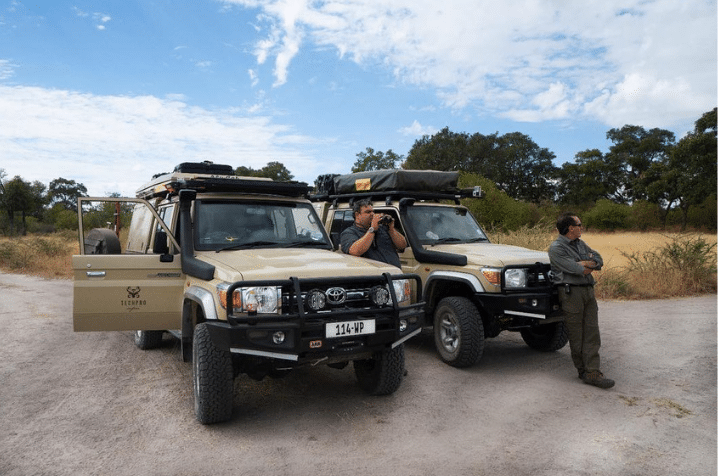
What’s your favourite base vehicle to work with and why?
“People always ask, what’s the ultimate vehicle to go overlanding in, the answer, there isn’t, there’s always going to be a compromise on the vehicle you choose, its either not quite big enough, fast enough or light enough. I always look at it and say wherever you’re travelling to, you need to know you can get spares, that’s probably the biggest thing, and if you’re not mechanically inclined can you find people that can help work on the vehicle.”
“The single most important thing I want for my clients is to have a reliable vehicle. If I’m going to choose a vehicle, I’m going to look at reliability, I’m going to look at the footprint of support of that reliability as well as the spares and knowledge to back it up.”
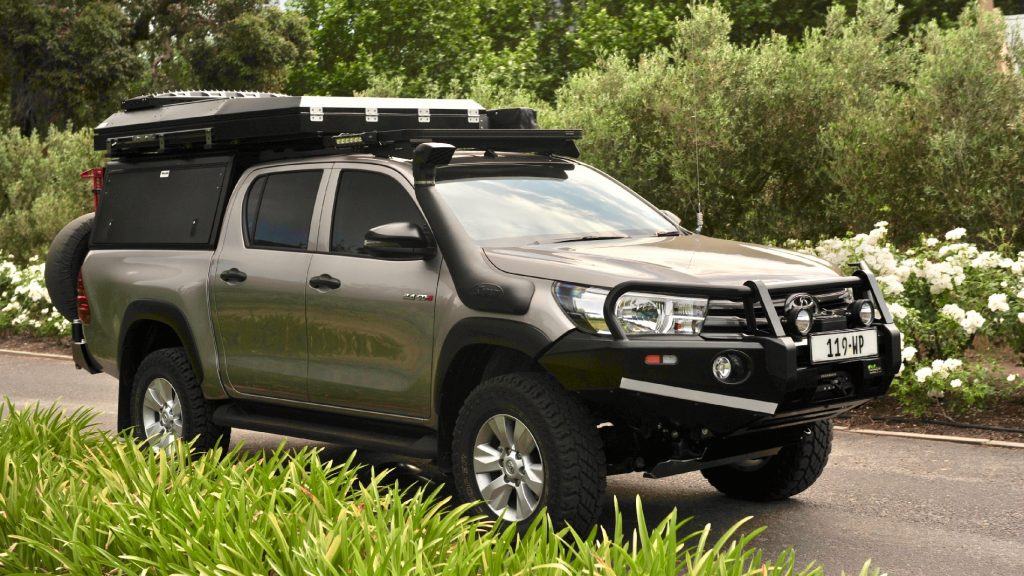
“So, if a client was going to Africa for instance, the choice of vehicle that I would recommend is the double cab Toyota Land Cruiser or the Toyota Hilux, like TechPro Safari’s fleet. It’s a great choice of vehicle in terms of reliability and if you’re looking to divide the vehicle up into a number of compartments. You can have a built-in kitchen area and because it’s a double cab vehicle you have a lot more access to on-board equipment.”
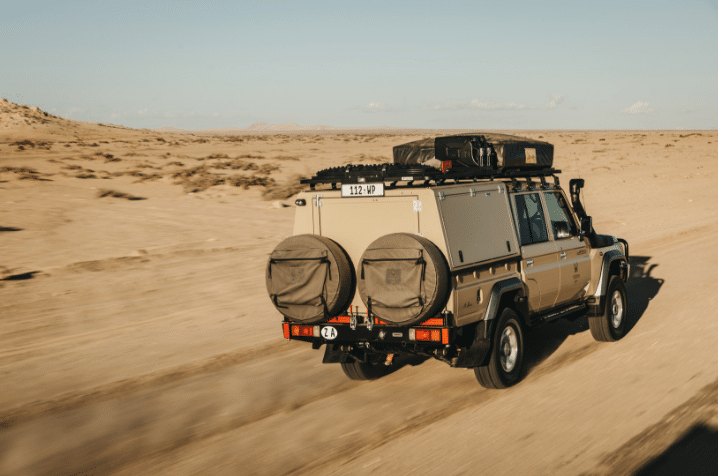
You’ve built and tested TechPro Safaris fleet. In your opinion, what makes TechPro Safaris vehicles different from other overland vehicles on the market?
“TechPro Safari has invested hundreds of hours and a huge amount of resources into creating high spec luxury vehicles. Kitting out and modifying a vehicle to this extent is not cheap. I think when anyone is trying to balance a business that requires hiring out vehicles, their primary focus is ROI; they’re looking at where they can cut corners as far as equipment and vehicle modification, they’re looking at what the client needs and what they can get away with not supplying. TechPro Safari has taken the other approach. They went ahead and put together their dream vehicle fleet and bore the cost of extra equipment and modifications.”
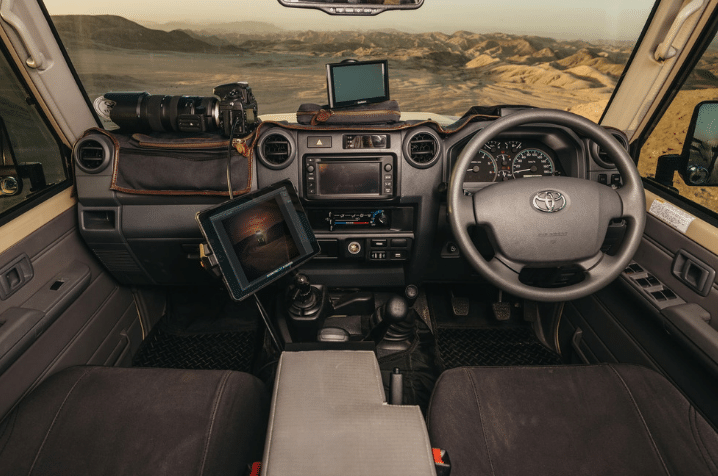
“It would be unfair to say that there aren’t any other high spec vehicles on the market because there are, but what I can say is that TechPro Safari has raised the standard in the market of self-drive safari vehicles. They’ve put a vehicle fleet out that is user-friendly, safe, reliable and meets the needs of what most people would ever want on a self-drive trip.”
To the 4×4 enthusiast, stay tuned for next month’s Part 3 interview with Paul Marsh where we dive into his world of 4×4 vehicle builds together with more overland travel advice set to inspire you to make your own adventure travel memories.

